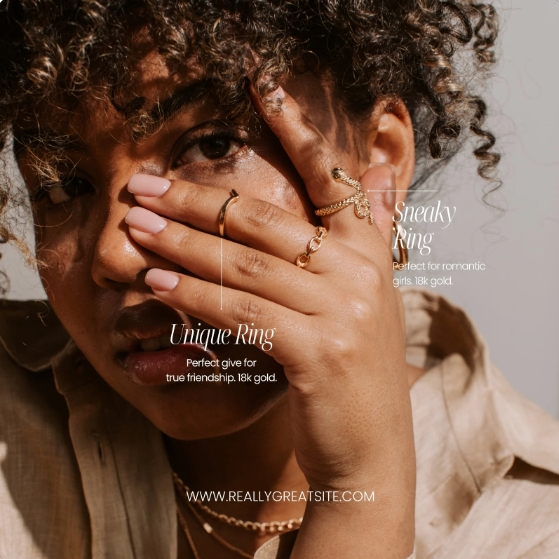Jewelry and gemstones have a long and fascinating history, and combining them can lead to stunning creations. Here’s a guide to help you understand the relationship between jewelry and stones, including types of gemstones, their properties, and how to use them in jewelry design
Types of Gemstones
Precious Stones
Diamond Known for its brilliance and hardness, diamonds come in various colors but are traditionally valued for their clear, colorless appearance.
Ruby A variety of corundum, rubies are prized for their deep red color. They are one of the hardest gemstones, making them ideal for everyday wear.
Sapphire Also a type of corundum, sapphires are most commonly blue but can come in a variety of colors except red.
Emerald Known for their vibrant green color, emeralds are a type of beryl and are often included with natural imperfections.
Semi-Precious Stones
Amethyst A purple variety of quartz, valued for its beautiful violet hues.
Topaz Available in a range of colors, with blue and yellow being particularly popular.
Garnet Comes in various colors, though red garnets are the most common.
Peridot Known for its bright green color, often used in both modern and antique jewelry.
Organic Gems
Pearl Formed within mollusks, pearls are valued for their luster and come in various colors, including white, pink, and black.
Coral Often used in jewelry for its unique red to orange hues.
Amber Fossilized tree resin that can contain ancient inclusions like insects.
Unique and Rare Stones
Opal Known for its play-of-color, opals display a spectrum of colors as light interacts with their internal structure.
Tanzanite A blue to violet variety of the mineral zoisite, found only in Tanzania.
Alexandrite Noted for its color-changing properties, appearing green in daylight and red under incandescent light.
Gemstone Properties
Hardness
Measured on the Mohs scale from 1 (talc) to 10 (diamond). Harder stones are more durable and suitable for everyday wear.
Clarity
Refers to the presence of inclusions or internal flaws. Higher clarity stones are generally more valuable.
Color
The most critical factor in many gemstones. Factors include hue, tone, and saturation.
Cut
The way a gemstone is shaped and faceted affects its brilliance and overall appearance.
Using Stones in Jewelry Design
Choosing Stones
Purpose Consider the purpose of the piece. For example, engagement rings often use diamonds or sapphires, while fashion jewelry might use more colorful or unique stones.
Budget Precious stones are more expensive, so choose according to your budget and the desired impact.
Setting Stones
Prong Setting Holds the stone in place with metal prongs, allowing maximum light exposure.
Bezel Setting Encircles the stone with a metal rim for a secure fit and sleek look.
Channel Setting Stones are set in a metal channel, often used for aligning multiple stones in a row.
Pave Setting Tiny stones are set closely together with minimal metal showing, creating a sparkling surface.
Care and Maintenance
Cleaning Regular cleaning with appropriate methods is essential. Use gentle, non-abrasive cleaners and avoid harsh chemicals.
Storage Store gemstones separately to prevent scratching and damage. Use padded compartments or soft pouches.
Design Considerations
Complementary Colors Choose stones that complement or contrast well with the metal and other stones used.
Style Match the gemstone’s style and color with the overall design and intended wearer’s preferences.
By understanding gemstones and how they can be used in jewelry, you can create or choose pieces that are both beautiful and meaningful. Whether you’re designing custom jewelry or selecting a ready-made piece, the right gemstone can elevate the entire design.
Asian Handmade Jewelry
Ralyn is an Asian Handmade Jewelry business owned by an Asian American mother and daughter,
dedicated to providing spiritual wellness to our clientele through the creation of bespoke,
hand crafted jewelry pieces, tailored to support and enhance your personal journey towards self-actualization.
Contact Us ![]()


